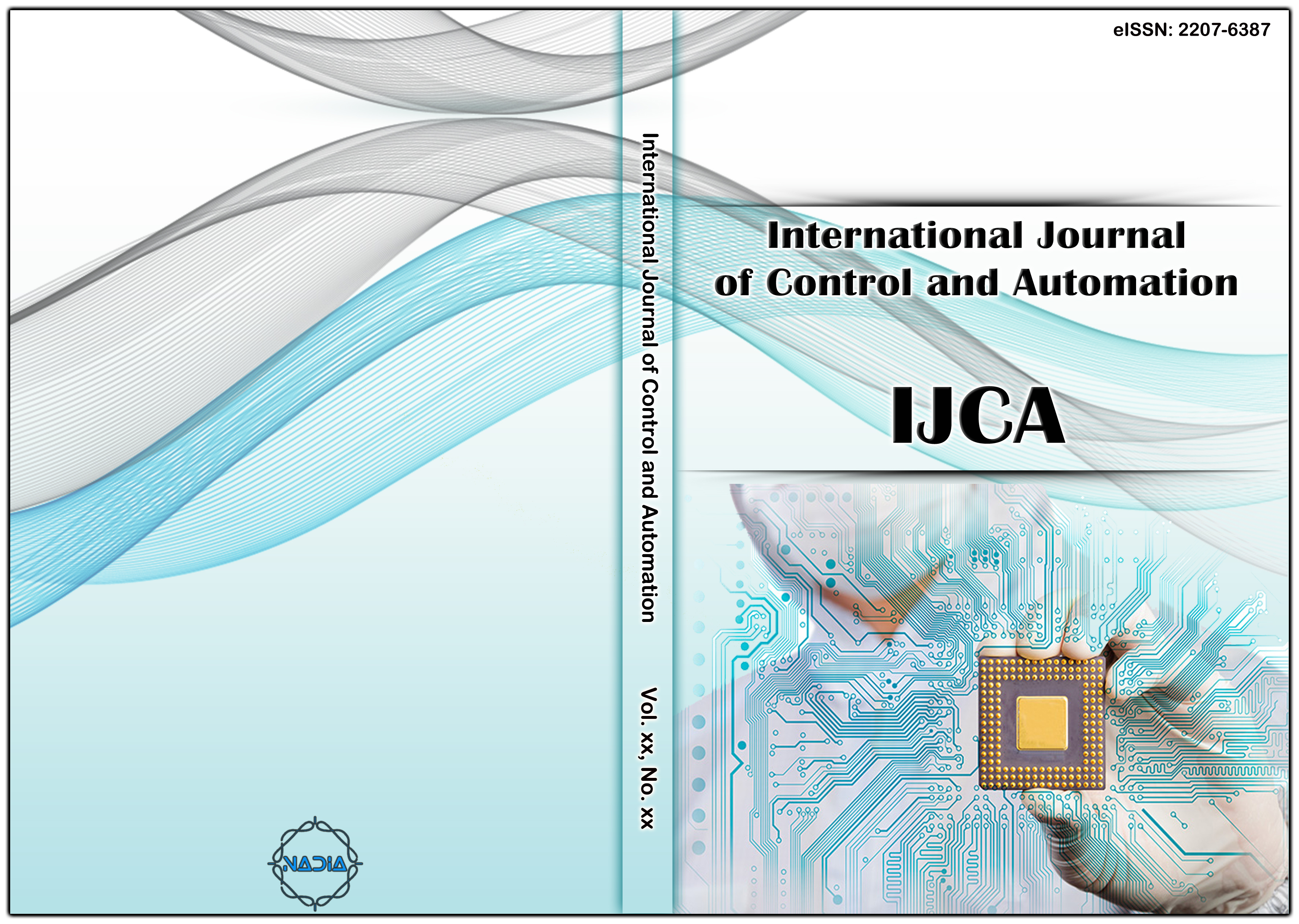[1] Ezquerra, T. A., Connor, M. T., Roy, S., Kulescza, M., Fernandes, N. J., & Balta, C. F. J. (2001). Alternating-current electrical properties of graphite , carbon-black and carbon- fiber polymeric composites. Composite Science and Technology, 61, 903–909.
[2] Jing, L. ., Yern, C. ., Gan, S. N., Rozali, S., & Julai, S. (2016). Effects of Oil Palm Empty Fruit Bunch Fiber on Electrical and Mechanical Properties of Conductive. BioResources, 11(1), 913–928.
[3] Khan, S. ud D., Arora, M., Puri, C., Wahab, M. A., & Saini, P. (2014). Synthesis and characterization of acrylic resin / activated carbon composites. Indian Journal of Pure & Applied Physics, 52(April), 251–254.
[4] Barranco, V., Lillo-Rodenas, M. A., Linares-Solano, A., Oya, A., Pico, F., Iba?fez, J., … Rojo, J. M. (2010). Amorphous carbon nanofibers and their activated carbon nanofibers as supercapacitor electrodes. Journal of Physical Chemistry C, 114(22), 10302–10307.
[5] Liu, S., Chen, X., Zhang, A., Yan, K., & Ye, Y. (2014). Electromagnetic Performance of Rice Husk Ash. BioResources, 9, 2328–2340.
[6] Wu, K. H. (2008). Science and Electromagnetic and microwave absorbing properties of Ni 0 . 5 Zn 0 . 5 Fe 2 O 4 / bamboo charcoal core – shell nanocomposites. Composites Science and Technology, 68, 132–139.
[7] Suliyanti, M. M., Yudasari, N., Indayaningsih, N., Tresna, W. P., Wahyu, Y., & Puspiptek, K. (2012). Pembuatan rf absorber berbasis karbon lokal untuk aplikasi radar. In InSinas (pp. 137–140).
[8] Liu, Q., & Zhang, W. (2012). Biomorphic porous graphitic carbon for electromagnetic interference shielding. Journal of Material Chemistry, 22, 21183–21188.
[9] Velev, P. N., Nenkova, S. K., & Kulevski, M. N. (2012). Polymer composites on the basis of lignocellulose containing copper sulfide for electromagnetic wave protection. Bulgarian Chemical Communications, 44(2), 164–171.
[10] Rani, A., Nam, S.-W., Oh, K.-A., & Park, M. (2010). Electrical Conductivity of Chemically Reduced Graphene Powders under Compression. Carbon Letters, 11(2), 90–95.
[11] Hao, W. (2014). Refining of hydrochars/ hydrothermally carbonized biomass into activated carbons and their applications. Stockholm University.
[12] Reventós, M. M., Rius, J., & Amigó, J. M. (2012). Mineralogy And Geology : The Role Of Crystallography Since The Discovery Of X-Ray Diffraction In 1912. Revista de La Sociedad Geológica de España, 25(3–4), 133–143.
[13] Zhang, K., Zhang, Y., & Wang, S. (2013). Enhancing thermoelectric properties of organic composites through hierarchical nanostructures. Scientific Reports, 3(1), 3448. https://doi.org/10.1038/srep03448.
[14] Heaney, M. B. (2004). Electrical Conductivity and Resistivity. In Electrical Measurement, Signal Processing, and Displays (pp. 7–1–7–14).
[15] Nam, I. W., & Lee, H. K. (2015). Image Analysis and DC Conductivity Measurement for the Evaluation of Carbon Nanotube Distribution in Cement Matrix. International Journal of Concrete Structures and Materials, 9(4), 427–438.
[16] Mittal, G., Rhee, K. Y., & Park, S. J. (2016). The effects of cryomilling CNTs on the thermal and electrical properties of CNT/PMMA composites. Polymers, 8(5).
[17] Pang, H., Xu, L., Yan, D. X., & Li, Z. M. (2014). Conductive polymer composites with segregated structures. Progress in Polymer Science, 39(11), 1908–1933.
